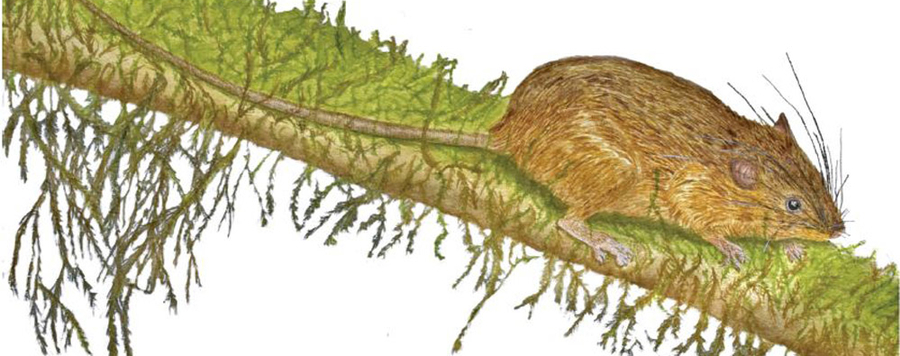
A new species of Mindomys (Rodentia, Cricetidae) with remarks on external traits as indicators of arboreality in sigmodontine rodents
The diversity of the oryzomyine rat Mindomys (Cricetidae, Sigmodontinae, Oryzomyini), is doubled here with the description of a new species from the remote Cordillera de Kutukú (Ecuador). The novel form can be easily differentiated from Mindomys hammondi –type species of the genus– by a large set of anatomical traits including, among others, larger jugals, parietal “wings” extending to zygomatic roots, larger otic capsules, well-exposed petrosals, narrow zygomatic plates almost without upper free borders, foramen magnum caudally oriented, larger molars, and accessory root of first upper molar present. Until now, the records of Mindomys were restricted to western Andean foothills. The material from Kutukú highlights an Amazonian species and reinforces the valuable biological significance of isolated mountain ranges in eastern Ecuador. Since Mindomys shows some external traits classically related to arboreal life, here we present a brief reappraisal of this poorly explored topic. A partially neglected anatomical system in sigmodontine studies, the fore feet, encloses crucial information reflecting arboreality.






